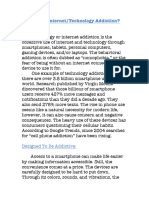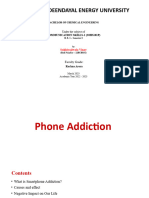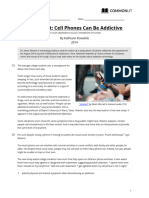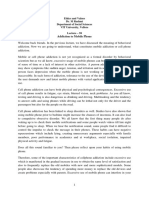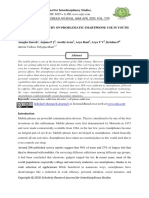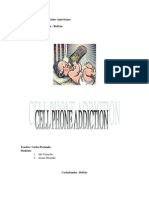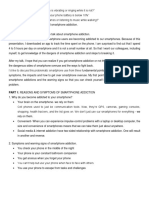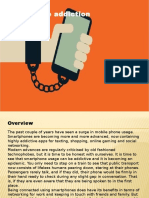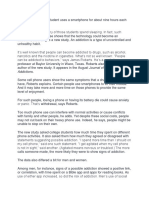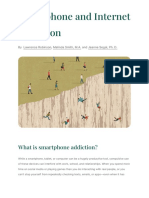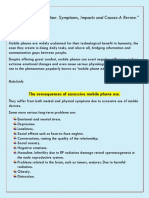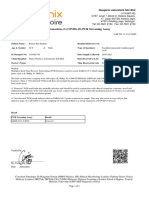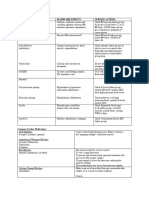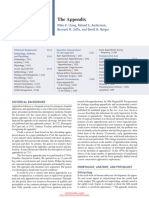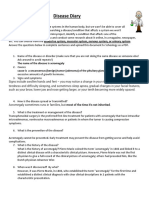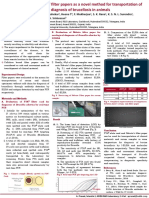0% found this document useful (0 votes)
16 views21 pagesUnderstanding Mobile Addiction
The document discusses cell phone addiction, defining it as an obsessive use of smartphones, often linked to psychological issues such as anxiety and depression. It highlights signs and symptoms, physical and psychological effects, and the potential for serious disorders related to excessive use. Research indicates a significant prevalence of addiction, particularly among younger populations, and correlates it with various health risks and social consequences.
Uploaded by
nireekshanCopyright
© © All Rights Reserved
We take content rights seriously. If you suspect this is your content, claim it here.
Available Formats
Download as PPTX, PDF, TXT or read online on Scribd
0% found this document useful (0 votes)
16 views21 pagesUnderstanding Mobile Addiction
The document discusses cell phone addiction, defining it as an obsessive use of smartphones, often linked to psychological issues such as anxiety and depression. It highlights signs and symptoms, physical and psychological effects, and the potential for serious disorders related to excessive use. Research indicates a significant prevalence of addiction, particularly among younger populations, and correlates it with various health risks and social consequences.
Uploaded by
nireekshanCopyright
© © All Rights Reserved
We take content rights seriously. If you suspect this is your content, claim it here.
Available Formats
Download as PPTX, PDF, TXT or read online on Scribd
/ 21



